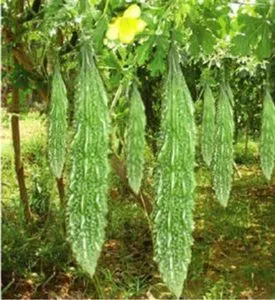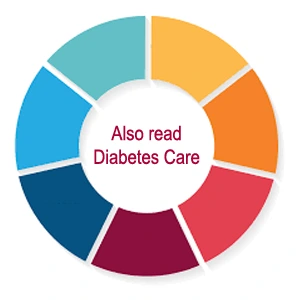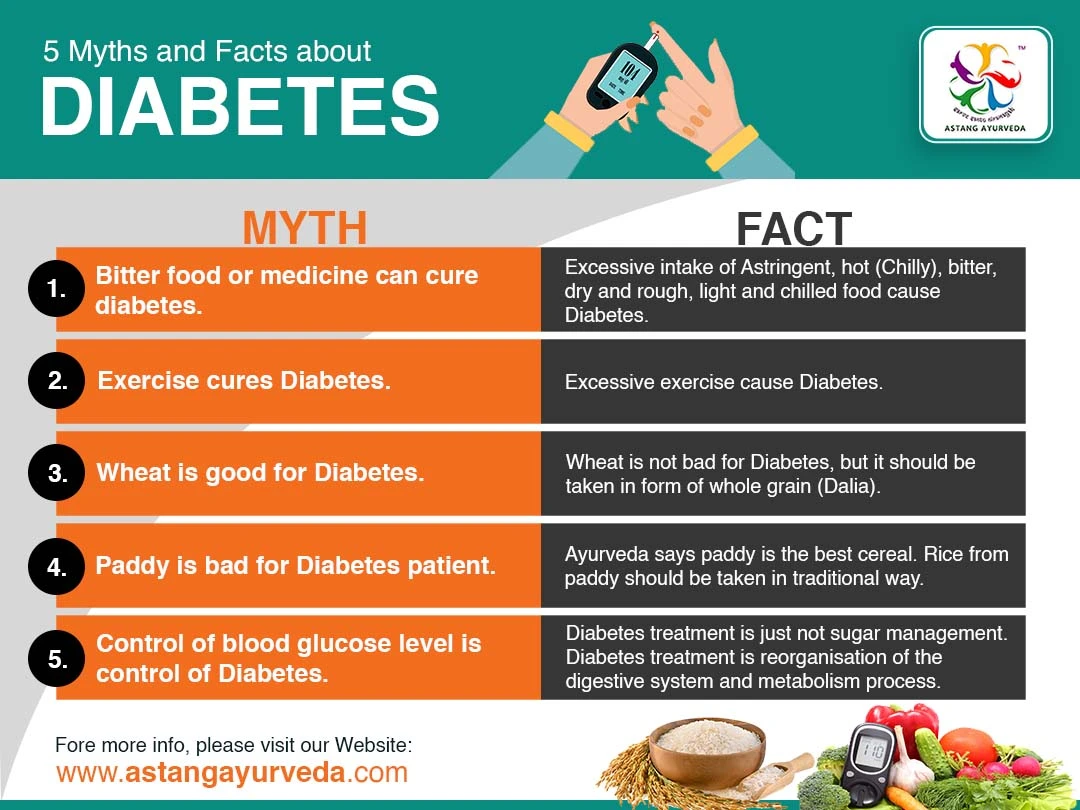Diabetes Diet Plan
Diabetes diet plays a vital role in the management of Diabetes or Madhumeha. Controlled food habit or diet for diabetes treatment is a standard practice in Ayurveda. At Astang Ayurveda Diabetes reversal program is achieved basing upon the Ayurvedic diet chart for Diabetes. Different types of grains, fruits, vegetables and animal products are advised for diabetes patients. Commonly diabetologists or Diabetes specialists suggest the food habit basing upon the chemical constituents. But Ayurveda nutritionist working upon diabetic food and nutrition keeps focus over the physical, chemical and pharmacological properties of the diet.

How much food and how many times?
A person should take food three times a day. Frequency of food disturbs the stomach and the biological clock of the body. It affects the metabolism pattern. Every time the quantity of the food should be able to fill half of the stomach. One fourth of the stomach should be filled with water and the rest one fourth should be left empty.
Fifty percent of each meal should contain roughage (mostly vegetables), twenty five percent should contain cereals while the last quarter should have plant or animal protein.
Diabetes Diet according to Ayurveda classics
Charak, Sushrut and Vagbhata suggest light and low calorie food and active life style for diabetic patients. They suggest soup of chicken and other birds and wild animals which ever is available and liked by the diabetes patient. Butter milk, any diet with astringent (Kashay) taste, lentil (Masur dal), Green Gram (Mung Dal) and any other light food is advised as diabetes diet. Paddy and wheat are staple food in India. Ayurveda suggests different variety of paddy and other grains. Old paddy, suan rice (Shyamaka in Sanskrit), Kodua (Kodrava in Sanskrit), wheat, Chana (Chick peas), Kandula, Harada DAl (Pigeon pea), Kolatha Dal (Horse gram) are the advised carbohydrates and proteins advised for Diabetes patients. Tikta Shaka (leaves with bitter taste) and ore than one year old horse gram (Kolatha) is very much beneficial.
Many a times honey is advised for diabetes patients. Practically we don’t suggest it as honey available in the market are not always of the same standard.
Normally patients feel restricted in their regular food habit. For their happiness we can suggest numbers of diabetes friendly crops and fruits. Out of this different diabetic diet regimen can be prepared. We can include lots of grains, vegetables, pulses, fruits as diabetes diet. They are old grains of paddy, wheat, barley etc. Millet is well advised for diabetes. Old grain is always praised for its benefits to diabetes patient.
Kolatha, Mudga (green gram), pigeon peaare the advised pulses included. Laja (Puffed paddy) is a very light food. It can be taken in the breakfast.Old wine, honey, cooked water with barley (Vatay Manda or kanji of barley), butter milk is good.
Now a days cow urine is very popular in the natural medicine system. Ayurveda suggests urine of ass and buffalo for the diabetes patients.
The animal and birds include pigeon, chicken, duck, rabbit etc.
The vegetables are many in number, but all of them are green vegetables. They are patola, kalara, karkota, green banana, drum stick etc.
The bitter leaves include pattura, musakarni, arka, guduchi.
The fruits are palm fruit, Udumbar (Dimiri/ Fig fruit), Haritaki, Bibhitaki, Amalaki, Kapittha, Jambu, kharjura
(dates), water melon, Guava etc.
Spices like Garlic, ginger, black pipper, long pipper, Khadir are good for diabetes diet.
Most importantly the selected oils for diabetes include flax seed oil and mustard oil. Recently it has been declared by National Institute of Nutrition, Hyderabad thatboth of the oils are the best for the diabetes patient.
Contrary to the idea, ghee is not bad for diabetes health. 10 grams of ghee every day along with morning walk and exercise is good.

Avoid diet
Certain food is to be avoided by the diabetes patient. They include (or the diabetes patient should exclude the following particles from his regular diabetes diet) Excessive intake of new grain of paddy, wheat, curd, flesh of swan, pig, tortoise, fish, peas, cakes made of paste of white rice and grams, new peas and black gram with excessive ghee, Til, khichdi, payas, sugar cane product, milk, curd, Rajmah etc.
A diabetes diet is not fixed for every patient. It varies depending upon the patient’s health climate etc. Modified lifestyle, controlled food habits can help reverse Type 2 diabetes.
Written by_ Dr Ambika Prasad Nayak on Dt 08.01.2019
Related quick view:
- Ayurvedic treatment for Diabetes
For Diabetes Treatment, you can Contact our Astang Ayurveda hospital at Bhubaneswar, India.
For inquiry, Call us;
or Mail us;
Get Directions to Our Location on the Map
